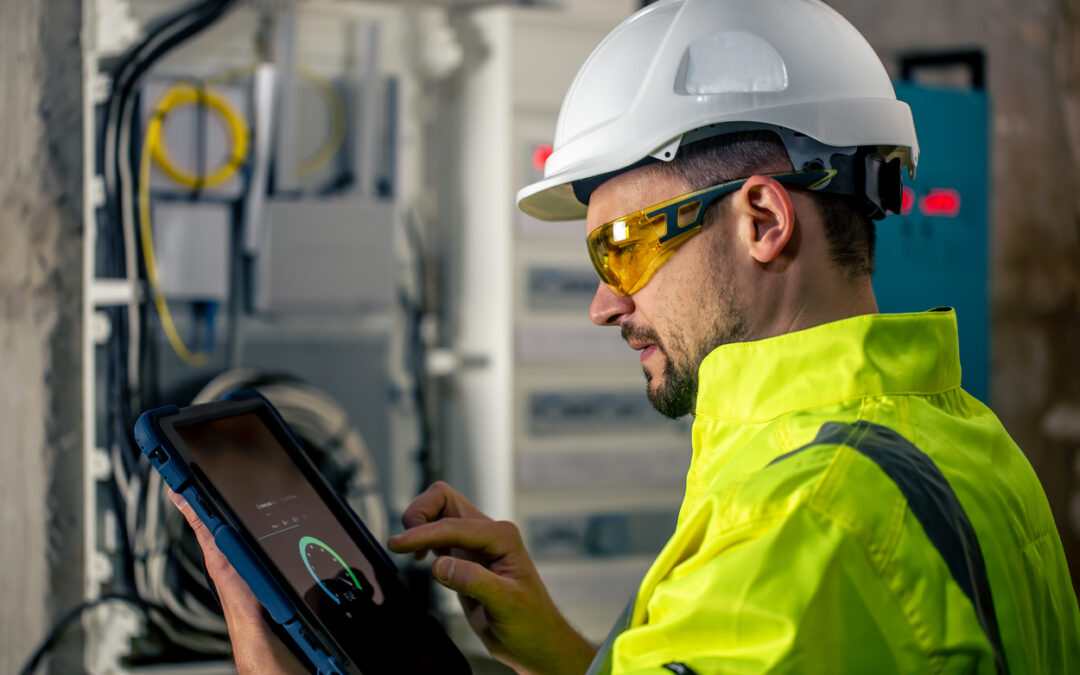In today’s rapidly evolving world of technology, the concept of a smart home is becoming more mainstream. As homeowners increasingly adopt smart technologies, understanding the nuances of preventive vs predictive maintenance in a smart home setting is crucial. These two maintenance strategies are paving the way for a more efficient and hassle-free living experience.
For those unfamiliar, the distinction between preventive and predictive maintenance is important, especially when it comes to smart home applications. This article will shed light on both strategies, helping you to make informed decisions about maintaining your smart home.

Understanding Preventive Maintenance in Smart Homes
Preventive maintenance involves scheduled checks and servicing to prevent potential issues in your home’s systems and devices. This proactive approach ensures that everything runs smoothly, reducing the chances of unexpected failures.
Benefits of Preventive Maintenance
Implementing preventive maintenance in your smart home can lead to numerous benefits:
- Cost Savings: Regular maintenance can help avoid costly repairs in the future.
- Extended Lifespan: Proper care can extend the life of your devices.
- Enhanced Performance: Regularly maintained devices work more efficiently.
Exploring Predictive Maintenance for Smart Homes
Predictive maintenance, on the other hand, uses data and analytics to predict when a device might fail. This approach leverages the power of IoT and AI, allowing homeowners to address issues before they occur.
Advantages of Predictive Maintenance
Adopting a predictive maintenance strategy offers several advantages:
- Reduced Downtime: By predicting failures, you minimize downtime.
- Improved Efficiency: Devices operate at optimal levels.
- Data-Driven Decisions: Use data to make informed maintenance decisions.
Comparing Preventive and Predictive Maintenance
Both preventive and predictive maintenance have their unique advantages. The choice between them often depends on your home’s specific needs and your personal preferences.
Cost Implications
While preventive maintenance can be less costly upfront, predictive maintenance might save more in the long run by preventing significant breakdowns.
Technology Integration
Predictive maintenance often requires a higher level of technology integration, which might be daunting for some homeowners but offers greater rewards in terms of efficiency and foresight.
The Role of IoT in Smart Home Maintenance
The Internet of Things (IoT) plays a pivotal role in both preventive and predictive maintenance. By connecting devices and enabling communication between them, IoT enhances the overall maintenance process. For an insightful read on how IoT is transforming maintenance, visit IoT Now.
Smart Devices and Sensors
Smart devices equipped with sensors can monitor their own performance and alert homeowners of any irregularities, facilitating both preventive and predictive maintenance.
Data Collection and Analysis
Data collected from smart devices can be analyzed to predict potential failures, allowing for timely interventions.
Implementing a Maintenance Strategy for Your Smart Home
Choosing between preventive and predictive maintenance involves evaluating your home’s unique needs and your comfort with technology.
Assessing Your Home’s Needs
Consider the age, type, and usage of your smart devices when deciding on a maintenance strategy.
Integrating Technology
For those looking to embrace predictive maintenance, integrating IoT devices and AI systems can significantly enhance your home’s maintenance strategy. Explore how AI can detect issues before they become costly through this AI Detection Guide.
Challenges and Considerations
While both maintenance strategies offer benefits, they also come with challenges that homeowners need to consider.
Cost and Resources
The initial setup for predictive maintenance might require more investment in terms of technology and resources.
Learning Curve
Adopting new technologies can have a learning curve, requiring time and effort to master.
Future Trends in Smart Home Maintenance
The future of smart home maintenance looks promising, with continuous advancements in technology making it easier and more efficient.
AI and Machine Learning
AI and machine learning are set to play a more significant role, enhancing the capabilities of predictive maintenance. Discover more about smart maintenance systems in this Smart Maintenance Systems Guide.
Increased Automation
Automation will further streamline maintenance tasks, making them more efficient and less burdensome for homeowners.
Conclusion
Understanding the difference between preventive and predictive maintenance is crucial for any smart homeowner. By carefully considering your options and embracing the right technologies, you can ensure a seamless and efficient maintenance process for your smart home.

FAQs
What is the main difference between preventive and predictive maintenance?
The main difference lies in approach: Preventive maintenance is scheduled and routine, while predictive maintenance relies on data to predict and prevent failures.
Which maintenance strategy is more cost-effective?
While preventive maintenance can be less expensive initially, predictive maintenance might save more money by avoiding major repairs.
How does IoT enhance smart home maintenance?
IoT enhances maintenance by connecting devices, enabling them to communicate, and providing data for predictive maintenance. Learn more about peace of mind through home monitoring here.
This article contains affiliate links. We may earn a commission at no extra cost to you.

